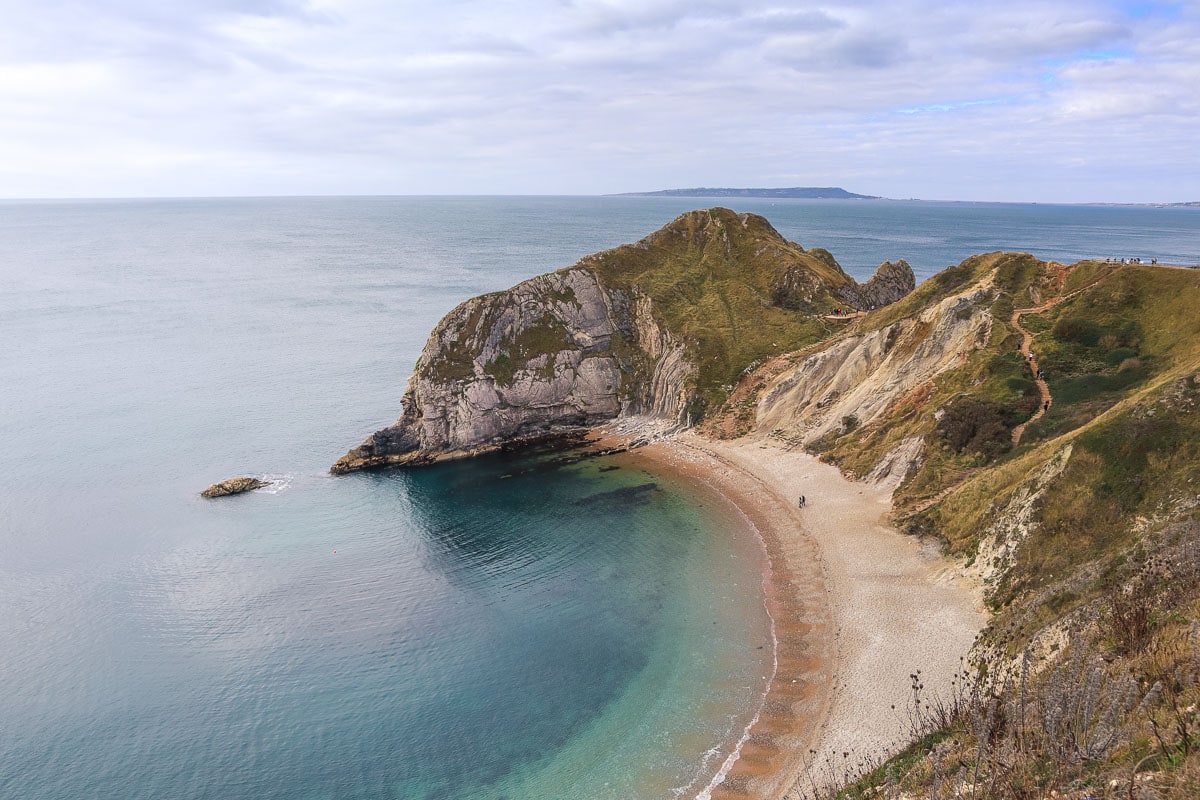

It’s also worth knowing that at times they deflate and submerge themselves under the water’s surface in order to avoid predators. Near invisible to spot in the water, these tentacles can become detached from the float and pose a hidden threat. However, their long trailing tentacles can reach up to 50m metres long and are much more difficult to see. Reaching up to six inches in height and bright blue or purple in colour you can see it from a distance. The balloon or sack part of a Portuguese Man o’ War is easy to spot. Keep an eye out for them tangled in seaweed or on rocks.Īre Portuguese Man o’ War easy to spot in the water? You’re most likely to see them washed up on the beach in heavy autumnal swells. Where am I most likely to find Portuguese Man o’ War? You can expect to find them washed up on shore lines in the autumn months in varying numbers from year to year. What time of the year do you find Portuguese Man o’ War in the UK? They are primarily found in tropical and subtropical oceans, however it is common for them to wash up on UK beaches during the autumn months. Portuguese Man o’ Wars are found, sometimes in groups of 1,000 or more, floating in warm waters throughout the world's oceans.

Where do Portuguese Man o’ War come from? They are not to be confused with a by-the-wind-sailor which pose no threat to to humans. The balloon is one organism which keeps the colony afloat on the water's surface, the tentacles are a second organism which are covered with a number of stinging cells, the third composes the reproductive parts and the fourth organism comprises a basic digestive system. Often assumed to be a type of jellyfish, it is in fact a hydrozoan – a colony of four different species which work together symbiotically. Whilst these guys do pack a nasty sting, they are also incredibly beautiful creatures to be admired from afar.Ī Portuguese Man o’ War (Physalia Physalis) is easy to identify as they are deep blue/ purple in colour and have an air filled ‘sack’ which floats on the surface of the water.

It’s normal to see these deposited around the coastline of Cornwall this time of year, when south westerly storms blow them in from the Atlantic. The return of the winter swells and the increase in wind speed has brought not only the arrival of surf, but also the Portuguese Man o’ War.


 0 kommentar(er)
0 kommentar(er)
